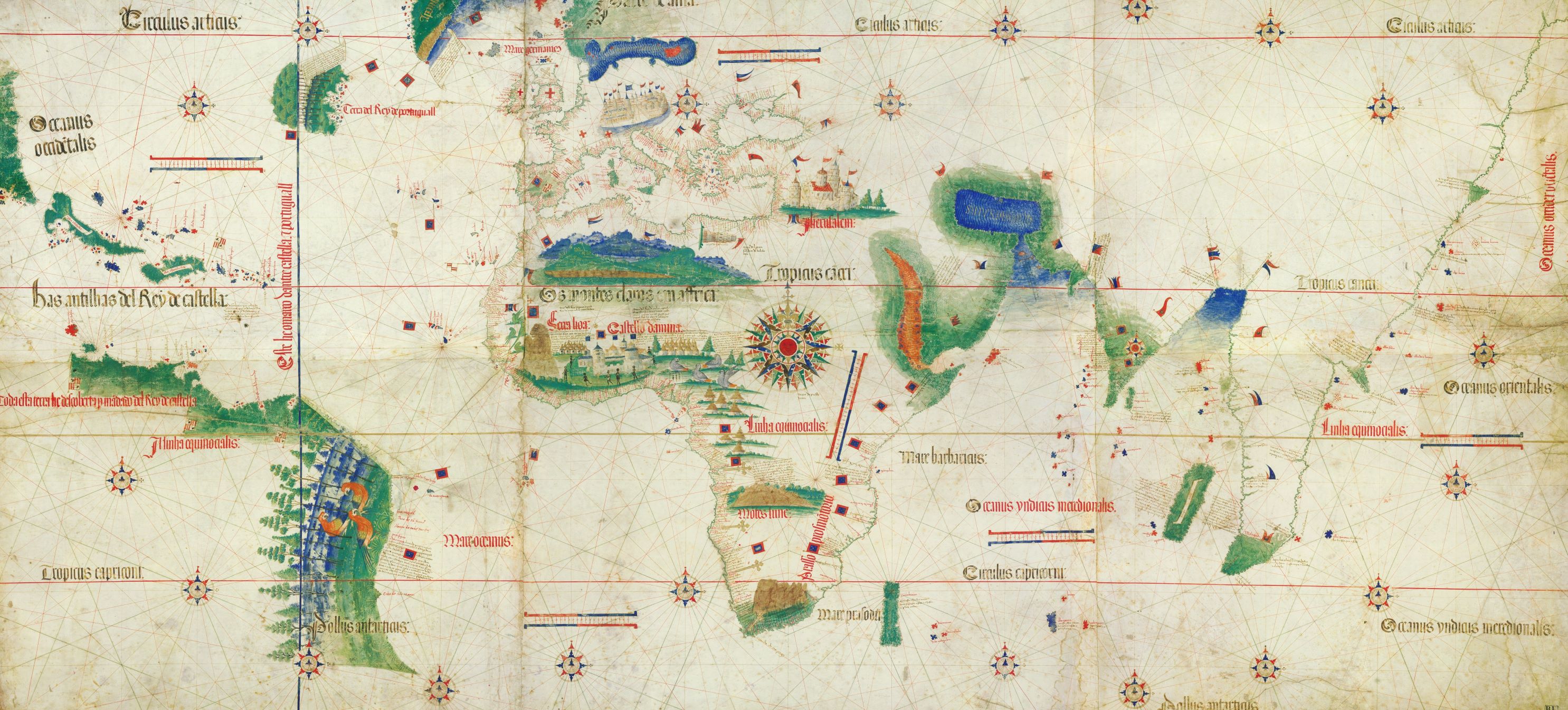Genoese Merchant Networks in Africa and across the Atlantic Ocean (ca. 1450–1530)
Carlo Taviani
From the middle of the fifteenth century on, Genoese trading families were active in the Iberian peninsula, trading southwards with Africa. The islands around West Africa were important hubs for their trading activities, with Madeira, the Canaries, and the Cape Verde archipelago becoming important nodes for the early Atlantic slave trade. Most scholarship on the topic has focused on famous journeys such as those of the Genoese Vivaldi brothers (1291), Lanzarotto Malocello (1312), Antonio Da Noli (1462), Antonio Malfante (1447), Antoniotto Usodimare (1455), and Christopher Columbus (1492). The activities of these explorers are well known, but they are only the tip of the iceberg. The extensive Genoese trade networks that made these explorations possible have yet be uncovered.
My project aims to develop a cohesive set of data with which to study the Genoese merchant networks that have long been overshadowed by the personae of the great adventurers. How wide were their networks? What kind of information did these families have about West Africa and what goods did they trade? Which institutions did they use, transplant, or appropriate? How were they entangled with Spanish and Portuguese traders? Most importantly, how much were they involved in the slave trade? Around 1500, Genoese merchant networks that had been oriented toward Africa shifted toward the New World, as a result of Columbus’ trips. And while Genoa was geographically distant from the commercial movements in Africa and the New World, it remained connected to this complex system, as the central location for documentation and notarial practices.
So far, my project has sorted through around 175,000 documents (350 folders) and has preliminarily located a set of cohesive family groups — the Marihoni, Cattaneo, Spinola, Doria, Centurione, Cicala, Monleone, Garibaldi, and Italiano — who were economically intermingled. Initially trading with the Maghreb, they moved step by step into trading with West Africa and the Atlantic archipelagos, and began enslaving people from West Africa. They were not simply oriented westward, but as early as 1503, 1507, and 1515 they invested in enterprises in India through the early circumnavigation of Africa. The Atlantic enabled them not only to reach the New World, but also to recast their lost links with the East.


